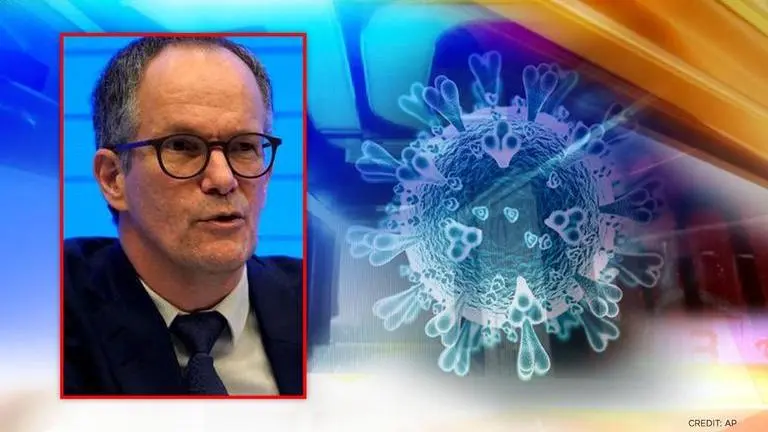Updated 10 February 2021 at 11:34 IST
COVID-19: WHO's Wuhan probe 'uncovered new information' but animal source 'not identified'
Head of WHO-led team said on Tuesday that they had uncovered new information on coronavirus but had not dramatically changed the picture of the outbreak.
- World News
- 3 min read

The head of the World Health Organization’s (WHO) team of international experts on Tuesday said that its investigation in Wuhan to find the origins of novel coronavirus had uncovered new information but had not changed the picture of the outbreak. Peter Ben Embarek, a Swiss food safety scientist who leads the WHO team of international experts visiting Wuhan, said in a press briefing that the coronavirus is 'unlikely' to have leaked from a Chinese lab. He further added that it is more likely to have jumped to humans from an animal.
LIVE from Wuhan : Media briefing on #COVID19 origin mission https://t.co/WGpRGsd8vE
— World Health Organization (WHO) (@WHO) February 9, 2021
After the crucial investigatory visit to China's city, Wuhan, where the coronavirus case was first reported in December 2019, Embarek assessed the 'most likely' pathway through an intermediary host species. In the press briefing, he aslo said that work to identify the origins of virus "points to a natural reservoir in bats", but it is "unlikely that they were in Wuhan". Since the Wuhan Insitute of Virology has collected extensive virus samples, it budded a conspiracy theory that it might have caused the original outbreak by leaking the virus into the community nearby. China has repeatedly denied the all theories of virus emerging from elsewhere but the WHO team is still probing how the disease first ended up among humans.
“Our initial findings suggest that the introduction through an intermediary host species is the most likely pathway and one that will require more studies and more specific, targeted research,” Embarek said.
“However, the findings suggest that the laboratory incidents hypothesis is extremely unlikely to explain the introduction of the virus to the human population,” Embarek said before indicating that transmission through the trade-in frozen products could have also paved the way for the disease to be transmitted into humans.
Advertisement
‘Evidence of wide circulation’ in China
Embarek had also said that they have found "evidence of wide circulation" of infection clusters, not just in Huanan seafood market, but the "virus also circulated outside the market". The WHO's mission visiting China to investigate the origins of the novel coronavirus had said that the animal source of the virus is "not yet identified". They mentioned that and there is "no indication" of COVID-19 in Wuhan before December 2019, when it was first reported.
“We have found evidence of wide circulation in December 2019, not just infection clusters in Huanan seafood market, but the virus also circulated outside the market”, Peter Ben Embarek, a Swiss food safety scientist who leads the WHO team.
Advertisement
Published By : Aanchal Nigam
Published On: 10 February 2021 at 11:34 IST
